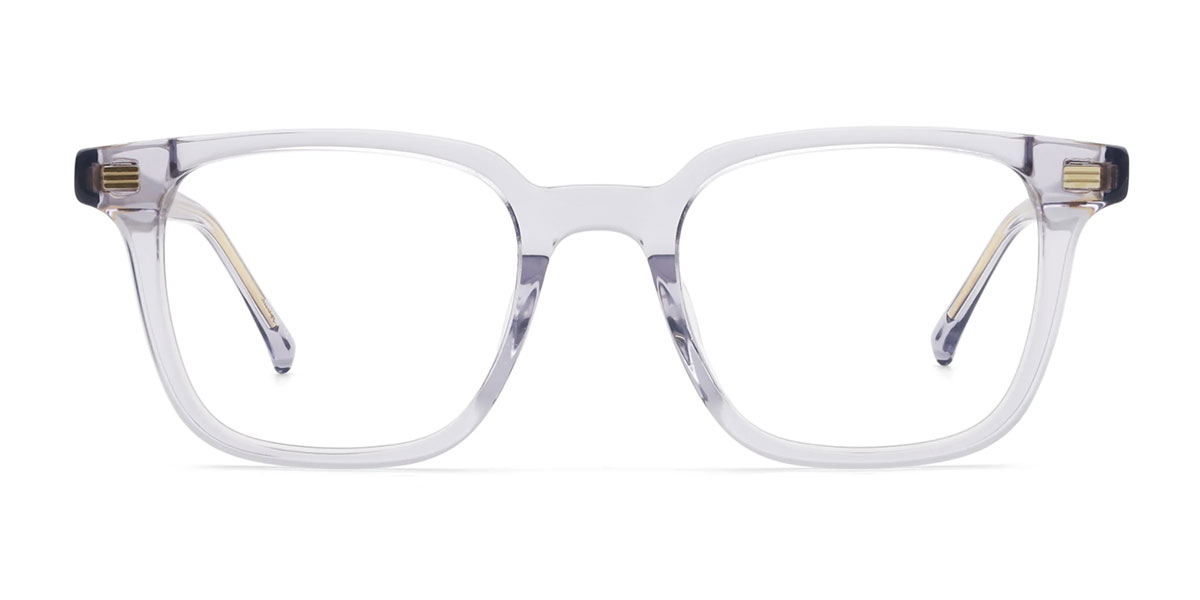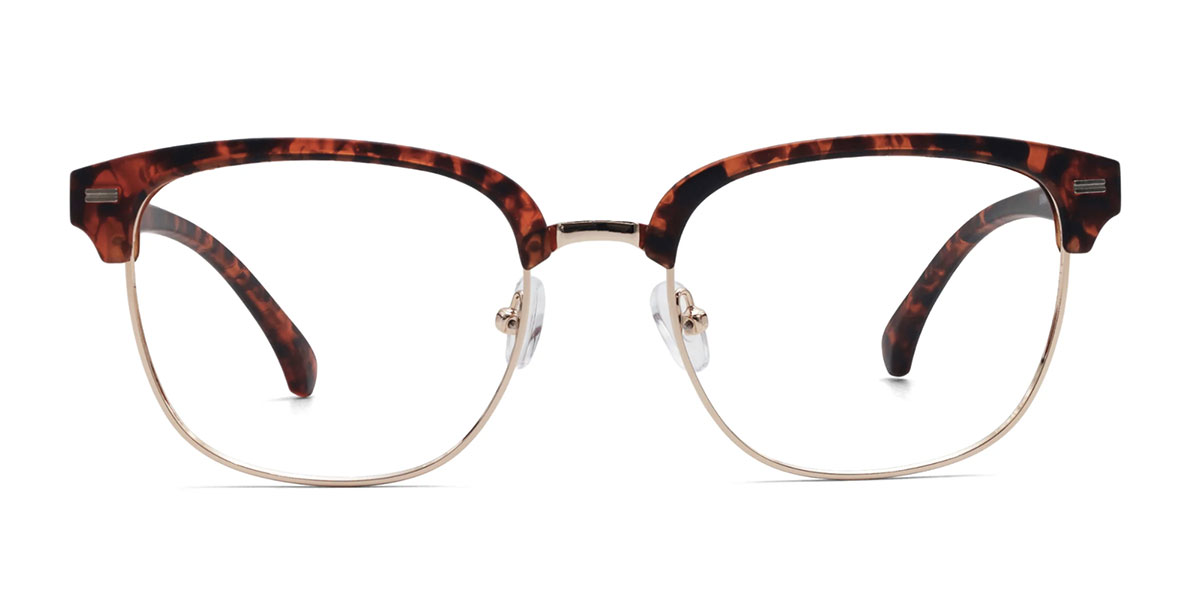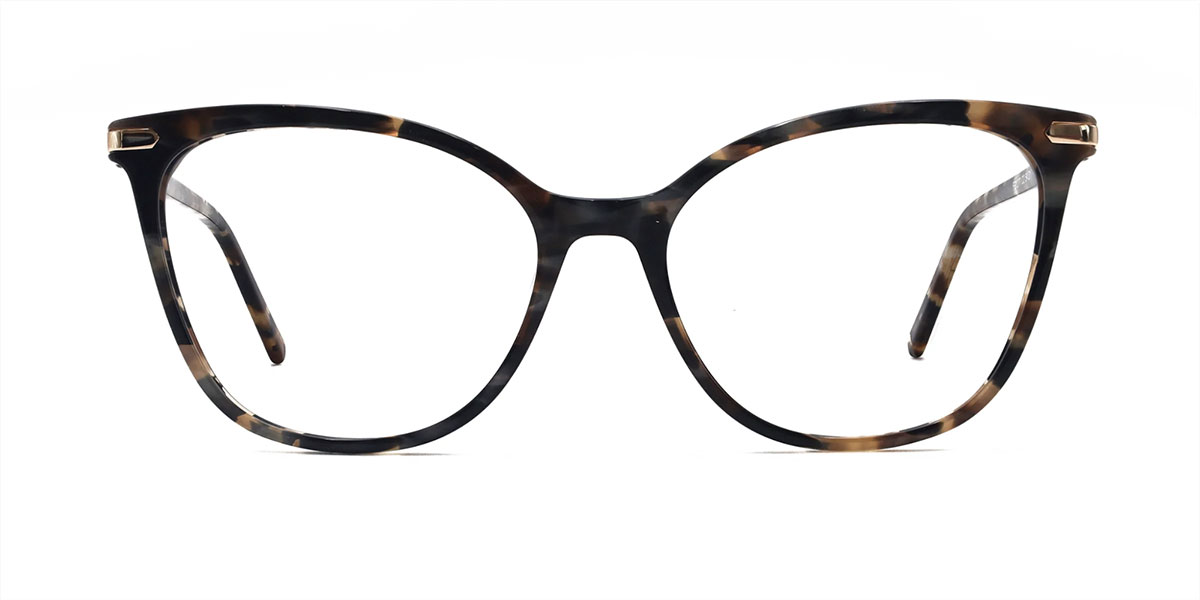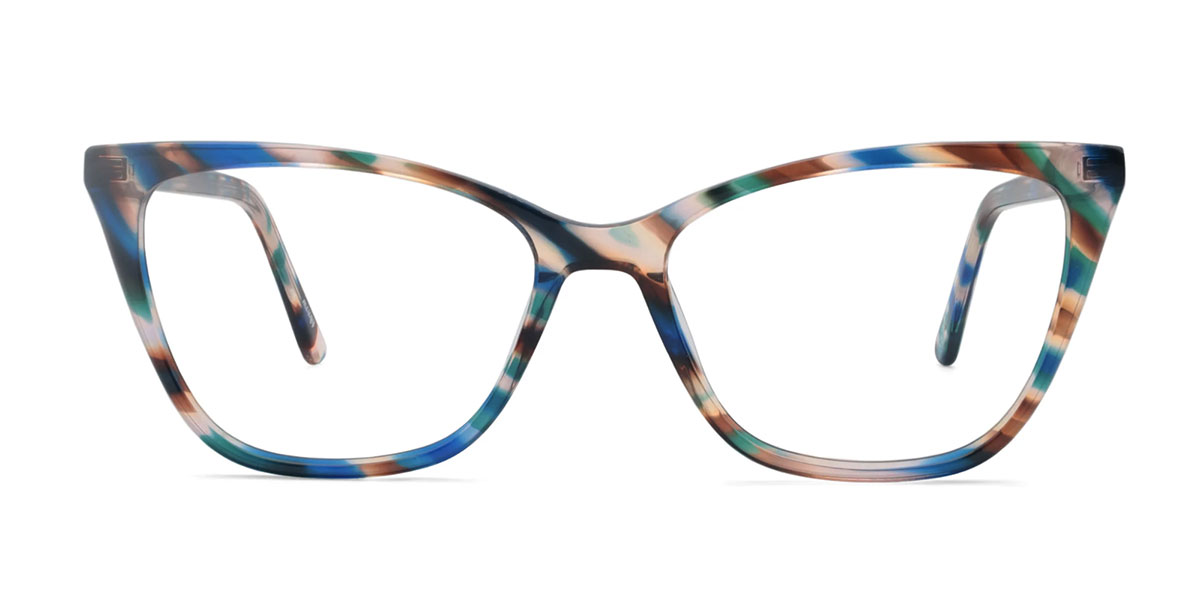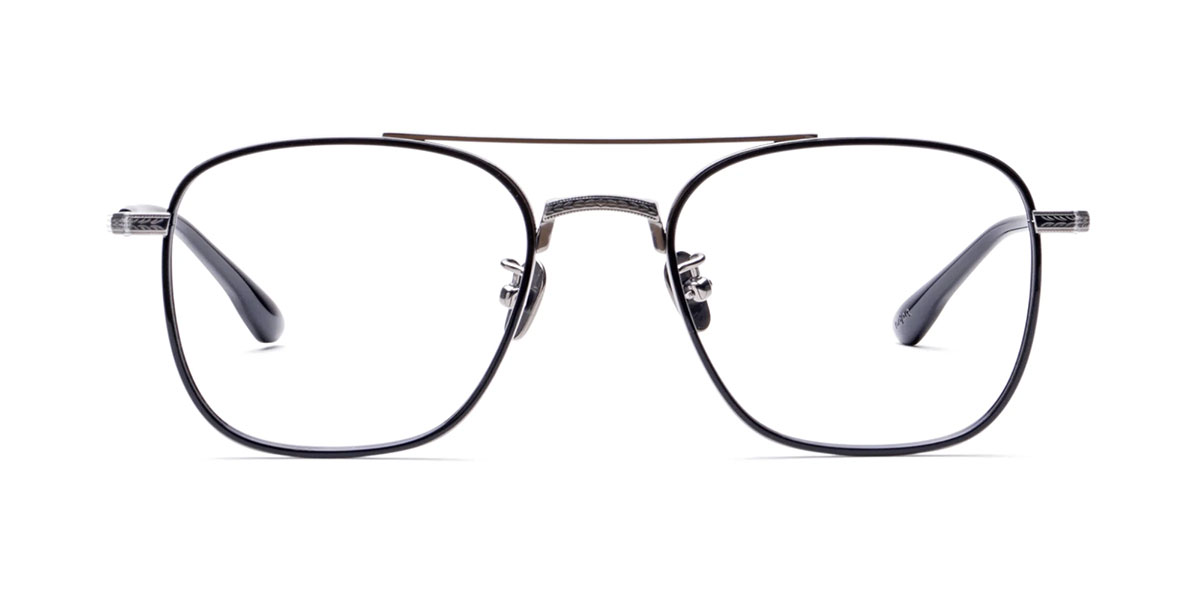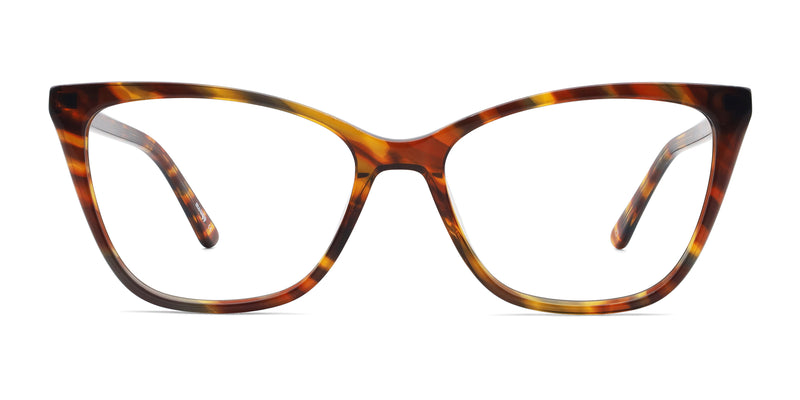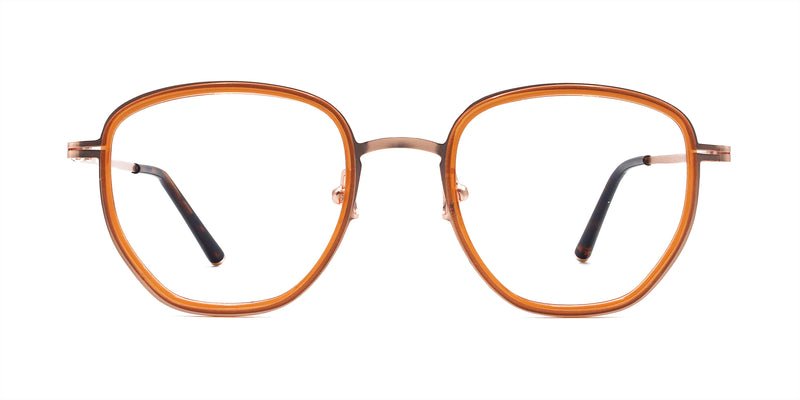Trivex vs. Polycarbonate Lenses: Which Should You Choose?
We love to talk about frames, colors, styles, and aesthetics over here, but let’s not underestimate the importance of what those frames hold.
Yep, we’re talking about lenses! Specifically, the battle between two materials, Trivex and polycarbonate. These two lens materials both have their pros and cons, so let’s do a deep dive to figure out which is best for you.
What is Trivex?
Trivex is relatively young, introduced to the optical world in around 2001 by PPG Industries. Before that, it was created for the military (so you know it really is tough!). Trivex was brought into the commercial optical industry because it has three key qualities: it’s extremely strong and durable, it’s very lightweight, and it allows for fantastical optical ability.
So, what’s it made of? It’s a urethane-based pre-polymer (sorry… what?), a light, low-density type of plastic.
Okay, before we go any further, we need to discuss something called the “Abbe value”. This rating system is used to measure the optical clarity of a lens.
Trivex has slightly better Abbe value than polycarbonate, at 43-45, meaning it offers better optical clarity. A low Abbe value can mean that the lenses will present more chromatic aberration, a fuzzy or colored edge. However, you usually only experience chromatic aberration when looking through the very edges of your glasses as opposed to straight through the middle as usual.
What is polycarbonate?
Like Trivex, polycarbonate has a pretty badass origin story. While the material was discovered in the late 1800s, it was further developed in the 1960s to be used for visors and helmets for astronauts. In the late 70s, it was being used for commercial eyeglass lenses because of its superior strength and durability. Because polycarbonate is so durable and impact-resistant, it’s a popular material for safety eyewear and eyewear for kids.
This strong type of plastic is a popular choice for people with a moderately high prescription as they can support the prescription without being thick and heavy. This is one of the areas where polycarbonate edges out over Trivex.
Speaking of polycarbonate versus Trivex, let’s put them head to head.
Differences between Trivex vs polycarbonate lenses
Polycarbonate and Trivex are quite similar, but there are definitely some differences to take into account. They’re siblings, not twins, in other words.
1. Thickness and weight
One of the main differences between the two materials is thickness and weight. Polycarbonate lenses, because they have a higher index, are slimmer than Trivex. The higher index means they’re better at supporting a higher prescription.
Funnily enough, Trivex is actually slightly lighter than polycarbonate because it is made of lighter stuff.
2. Lens index
As mentioned before, lens index refers to how well the lens can refract light. The higher the index, the better it can refract light, and the thinner the lens is. Back in the day, a strong prescription was a sentence to a pair of thick lenses that sat heavy on the face. Thanks to smart people and better tech, you can now have a mega strong prescription but still enjoy thin, light lenses with a high index.
Trivex has a lower index than polycarbonate, so is better for weaker prescriptions. Polycarbonate lenses can be a good option for stronger prescriptions.
3. Impact resistance
Impact resistance is an important factor, especially for very active or sporty people who need to keep their glasses on when thrashing around a field or hectic workplace.
The good news is that both Trivex and Polycarbonate offer fantastic impact resistance. Both are equally hardy, durable, and scratch-resistant. Both are much more hardy than your standard CR39 plastic lenses.
4. Tensile strength
Another strength-related factor is the “tensile” strength, relating to how strong a material is when subjected to tension. In terms of lenses, this refers to how the material holds up when drilled and manipulated into a frame or particular style.
Trivex is slightly better in terms of tensile strength, which makes it great for rimless glasses that require screws to be drilled directly into the lens. Polycarbonate, while still a very strong material, is best suited to styles that don’t require drilling (such as full and semi-frames).
5. UV protection
We can’t compare lens materials without discussing UV protection. These guys come out pretty equal in the UV protection department. In fact, both polycarbonate and Trivex lenses naturally block UV rays from accessing the eyes.
6. Optical clarity (Abbe value)
What’s the point of lenses? To make us see better, which brings us back to the Abbe value, the rating system for optical clarity. Polycarbonate has an Abbe value of 30, while Trivex has a value of 43-45. This means that Trivex offers a better optical clarity than polycarbonate. However, polycarbonate lenses still offer a great performance, especially if you have a weaker prescription.
7. Cost
And finally, the cash. Yep, cost is a factor we all need to take into account to some degree. Trivex is more expensive than polycarbonate, making the latter a perfect choice for smaller budgets.
| Polycarbonate | Trivex | |
| Pros |
|
|
| Cons |
|
|
Should you use Trivex or polycarbonate lenses?
No matter which you choose, you’re picking a darn smart lens material, especially when choosing at Mouqy! However, there are factors that may shift the compass toward one or the other depending on your needs.
Polycarbonate is a fantastic choice if your life is busy, active, and a little rambunctious. They are stronger than anything, have excellent UV protective abilities, and are nice and slim to fit neatly into any frames, even delicate ones.
Our polycarbonate lenses have an index of 1.59, slightly better than Trivex at 1.53. This means they refract the light more effectively, making them better for slightly stronger prescriptions. Our polycarbonate lenses offer blue light blocking tech (if you wish to add it to your lens) that protects your eyes from all that screen time throughout the day.
However, if you have a lower prescription or wear your glasses on and off, Trivex is a fine choice. It’s durable and withstands being popped in and out of a case all day. Our Trivex lenses only come in clear form as opposed to blue-blocking, so they’re great if you’re using them for driving, reading (real paper books that is), or for shorter periods.
Frames recommended for polycarbonate lenses
The great news is that polycarbonate lenses are great for most frames! They can fit nicely into full frames but can also be a good option for semi-rimless frames.
For rimless frames you might want to pick a Trivex lens just for that extra level of tensile strength.Our favorite frames for polycarbonate lenses here at Mouqy are:
The Cherish frames feature a sturdy acetate frame in the sweetest pale lilac or yellow shades. These frames support a polycarbonate lens beautifully, and can be fitted with a simple polycarbonate lens or a blue-light coated one (prescription or non-prescription).
The Artist frames are excellent paired with polycarbonate lenses as their thin construction can fit neatly within the delicate metal frame. However, the full frame nature means the lenses aren’t at any risk of fracturing due to screws (as with rimless styles).
You can opt for a simple polycarbonate lens, a blue light blocking coating (Crizal Prevencia), or an extra durable smudge-resistant coating (Crizal Sapphire).
Other tighly recommended frames also include Lulu, Vow, and Neat NT008 (a premium pick):
Get stylish Trivex and polycarbonate options at Mouqy!
Here at Mouqy, we champion polycarbonate and Trivex lenses. We’re particularly smitten with our polycarbonate lenses because they’re just so darn impact-resistant (we’re a little clumsy over here) and affordable.
You can get your polycarbonate lenses for distance, reading, or non-prescription glasses and can even get a powerful blue light blocking coating added.
To make sure you’ve picked the very best pair for you, use our trusty virtual try-on tool to check yourself out in your frames before you commit to them.

Written by:
Shu Kie












